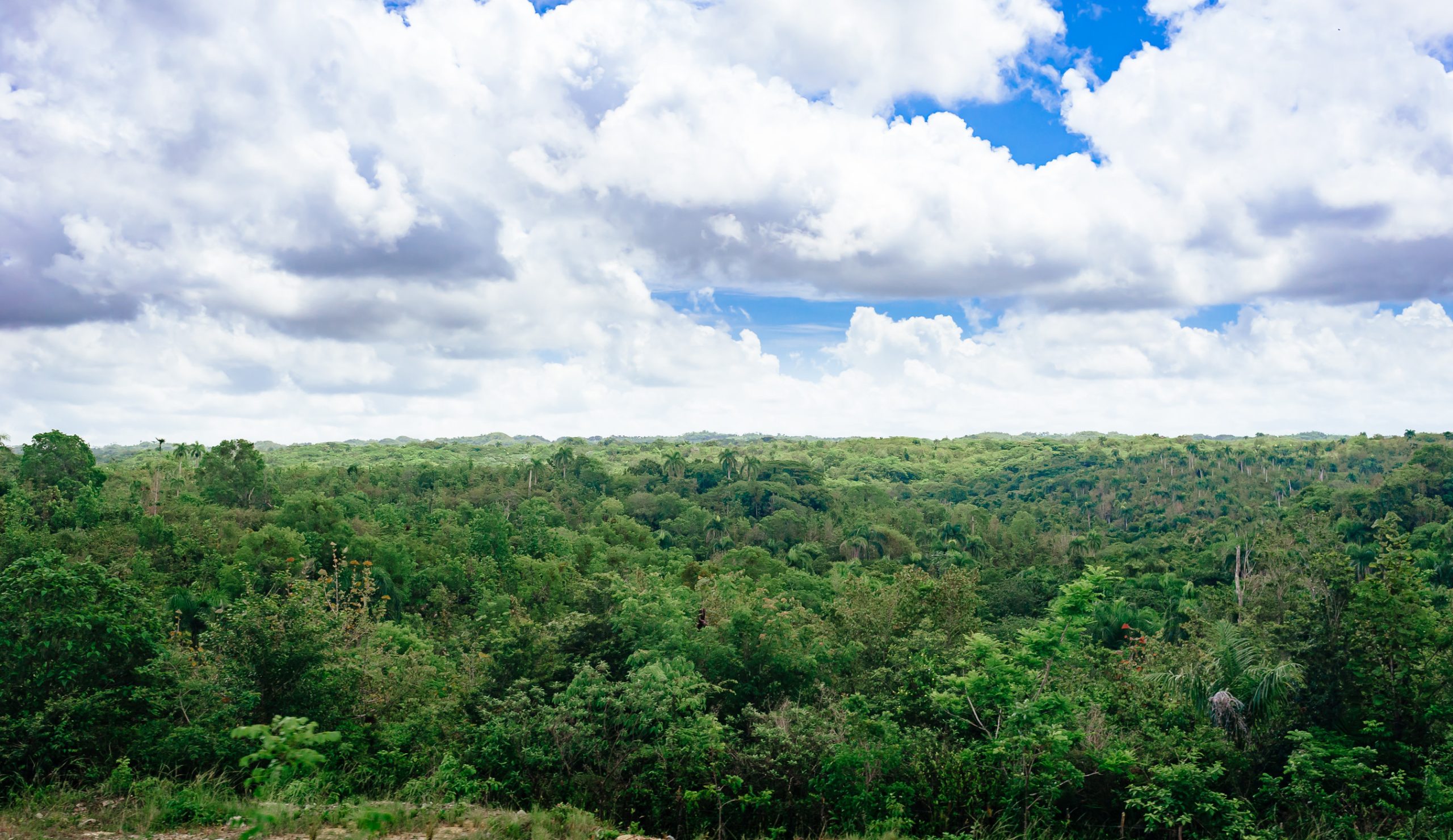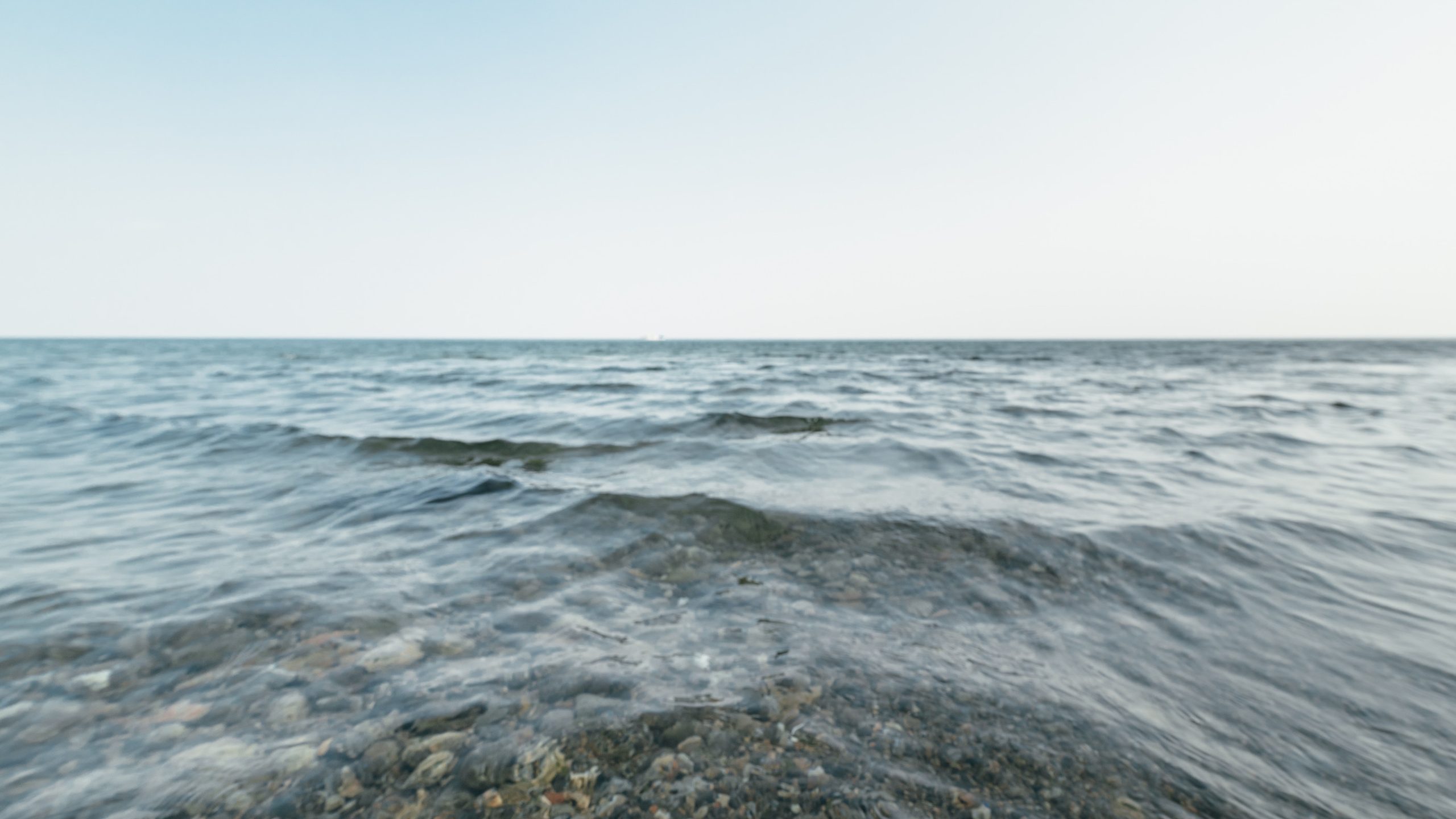BY THE OPTIMIST DAILY EDITORIAL TEAM
In a landmark decision, Colombia created its first officially recognized territory dedicated to safeguarding Indigenous peoples living in voluntary isolation. Spanning over one million hectares between the Caquetá and Putumayo Rivers in the southern department of Amazonas, this vast and remote expanse is home to the uncontacted Yuri-Passé people.
The move marks a critical advancement for Indigenous rights in the country—and a powerful recognition of the autonomy of communities who have deliberately chosen to live apart from the modern world. “Through this resolution, Colombia is taking a key step towards the protection of the rights and territory of Indigenous groups in isolation,” the Amazon Conservation Team said in a public statement. “It reaffirms its commitment to their autonomy and survival.”
Building a protective shield: what the new territory includes
The newly designated territory, a result of years of advocacy and research, prohibits all forms of economic development and forced human contact. Importantly, it overlaps with the already established Río Puré National Park and includes an adjacent buffer zone designed to minimize outside disturbances.
While technically a new designation, the idea of safeguarding this region has been building for decades. Río Puré National Park was created in 2002 as a precautionary measure—long before there was official confirmation of uncontacted peoples in the area. It wasn’t until 2023 that the Ministry of Interior officially acknowledged the presence of isolated groups in this dense stretch of Amazon rainforest, which borders Peru and Brazil.
Decades of silence, centuries of presence
Though government recognition came only recently, local Indigenous communities have long known about the existence of these isolated peoples. Many chose to remain silent about their knowledge, wary of government intervention. “They didn’t always trust the government,” explained members of the Amazon Conservation Team, who work closely with communities in the region. “Often they opted not to mention the other groups or where they might be found.”
A rare documented contact occurred in 1969 when a family presumed to be living in isolation was captured by military officials and temporarily brought to a nearby town before being released back into the forest. After that, they disappeared again, and no formal evidence of their presence surfaced for decades.
However, as threats from mining and organized crime intensified in the 2010s, the need to protect these vulnerable groups became urgent. In 2010, neighboring Indigenous communities called on the government to act, setting in motion a research project to confirm the Yuri-Passé’s existence and advocate for the territory’s formal protection.
A grassroots victory for Indigenous-led advocacy
One of the most remarkable aspects of this development is the leadership role that Indigenous communities played in shaping it. “The whole process was established and developed by Indigenous people, which is very important,” said an Amazon Conservation Team spokesperson, who requested anonymity for security reasons. “It wasn’t the state that did the whole process and then set up the consultation with Indigenous authorities at the end. It was the other way around.”
A 2018 government decree allowed for the designation of “intangible zones”—areas protected specifically for uncontacted peoples, even if they fall within national parks. This legal framework empowered civil society organizations, Indigenous leaders, and researchers to work collaboratively in creating this new territory.
Biodiversity and vulnerability: why this region matters
Beyond its cultural and humanitarian significance, the protected territory is a hotspot of biodiversity. It is home to over 600 recorded species, including the elusive Oncilla (Leopardus tigrinus), the giant armadillo (Priodontes maximus), and the iconic giant anteater (Myrmecophaga tridactyla).
However, the region remains under threat. Since 2019, there has been no government ground presence in Río Puré National Park due to security risks linked to organized crime. The park now relies on remote surveillance technology and Indigenous communities for monitoring—a strategy that will continue for the new territory, at least for now.
“The park right now is orphaned, in a way,” the Amazon Conservation Team spokesperson said. “So we hope that these types of resolutions and these types of decrees and judicial orders…will translate into a coordinated effort so that the park rangers can come back.”
Protection as a shared responsibility
The establishment of this territory is not only a protective measure—it is a call to action. Advocates hope it will prompt stronger government involvement in protecting both the uncontacted groups and the critical ecosystems they inhabit.
While Colombia’s Ministry of Environment and Sustainable Development and Ministry of Interior did not respond to requests for comment, the resolution signals an evolving approach—one that centers Indigenous knowledge, respects autonomy, and recognizes the interdependence of human rights and environmental conservation.
In a world where so many Indigenous lands are under threat, Colombia’s new protected territory offers a powerful example of what is possible when communities, civil society, and governments collaborate for lasting stewardship.











